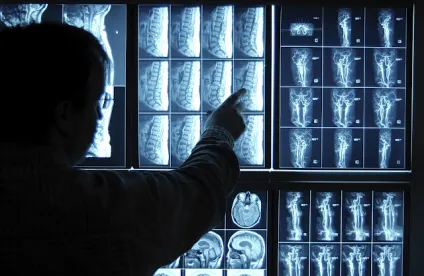The Centers for Medicare & Medicaid Services (CMS) recently issued the Final Rule regarding managed care in Medicaid and Children’s Health Insurance Programs (CHIP) that revises and expands the federal rules governing the operation, contracting, oversight and payment of Medicaid managed care plans. Among the many items addressed in the Final Rule, CMS included provisions with respect to network adequacy standards—both in terms of state responsibilities and Medicaid managed care plans—and advised states to contemplate telemedicine, e-visits, and other evolving and innovative technological solutions.
Access to Care and Network Adequacy Standards
The interrelated issues of access to health care services and provider network adequacy are at the forefront of the many US-wide health care issues that have arisen in the wake of health reform. Health plans participating on the exchanges, Medicare Advantage Plans, Medicaid managed care plans and commercial plans have increasingly utilized “narrow networks” as a means of controlling health care provider costs (for more information, click here). State legislatures and regulators have responded to enrollee complaints by issuing new standards governing the adequacy and accessibility of provider networks.
The Final Rule reflects this trend by imposing obligations on the states to ensure that (1) covered services are available to Medicaid managed care enrollees in a timely manner, and (2) Medicaid managed care plans contract with a network of appropriate providers sufficient to ensure timely access to covered services, including the provision of medically necessary services outside of the network if the network is unable to fulfill its network adequacy and accessibility obligations.
The Final Rule requires the states to develop and enforce time and distance network adequacy standards for primary care, OB/GYN, behavioral health, adult and pediatric specialists, pediatric dental providers, hospitals and pharmacies, as well as any additional categories of providers determined by CMS. Furthermore, the Final Rule includes standards that require states to ensure that (1) female Medicaid enrollees, including female minors, have direct access to women’s health specialists; (2) enrollees can get second opinions from an in-network provider or out-of-network provider, if necessary; (3) enrollees can go out of network to get medically necessary services; (4) out-of-network providers may coordinate with Medicaid managed care plans to ensure that enrollees do not have to pay more for out-of-network services; and (5) enrollees have timely access to family planning services.
In response to comments, CMS provided a list of factors that the states should consider to establish provider network adequacy standards, including the ability of providers to communicate with enrollees who have limited English proficiency, accommodation of disabilities and diverse cultural and ethnic backgrounds (regardless of gender, sexual orientation or gender identity), and the availability of triage lines or screening systems. States that create exceptions from network adequacy standards must monitor enrollee access on an ongoing basis.
Use of Innovative Technology Solutions
Notably, CMS also advises states to contemplate telemedicine, e-visits, and/or other evolving and innovative technological solutions. Although the Final Rule only lists telehealth as an option for states to consider utilizing to meet the new standards, CMS’s suggestion aligns with the separate CMS rule published on November 2, 2015, that establishes standards by which states are to measure access in the Medicaid program. There, CMS provided that a new delivery system model and reformed payment methodologies have the capacity to improve access to care by making available telemedicine, telehealth, health information technology and other methods for providing coordinated care, services and support in a setting and timeframe that meet enrollees’ needs.
The Final Rule’s provisions suggest that telehealth and health information technology should be incorporated to meet network adequacy standards in the context of Medicaid managed care. Notably, the National Association of Insurance Commissioners recently released proposed model legislation for states that also includes telehealth as a way to meet network adequacy standards. The trend towards streamlined efficiency that is reliant on technology remedies a common problem associated with narrow networks: namely, inadequate access to care.
The network adequacy standards provided in the Final Rule apply for plan years beginning on or after July 1, 2018.





 />i
/>i

